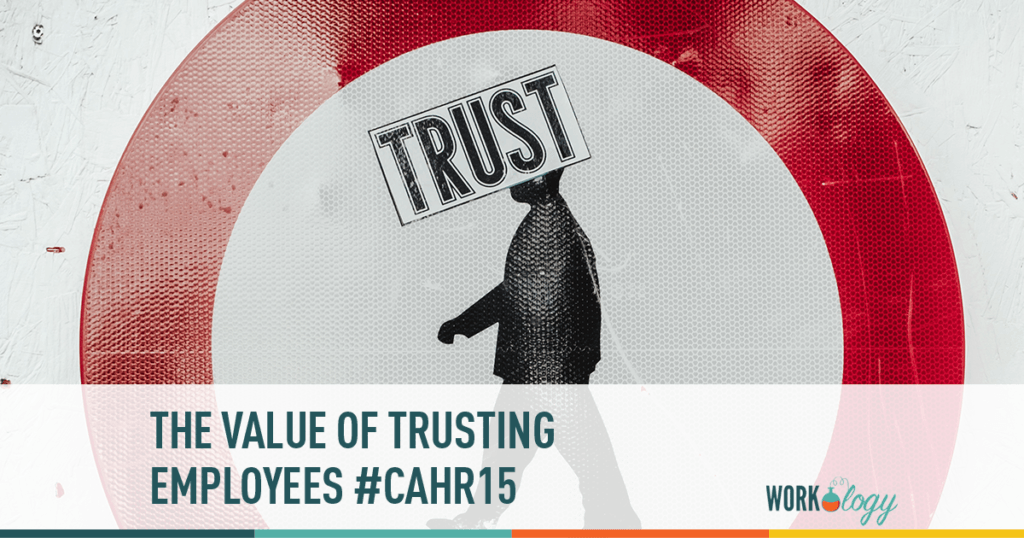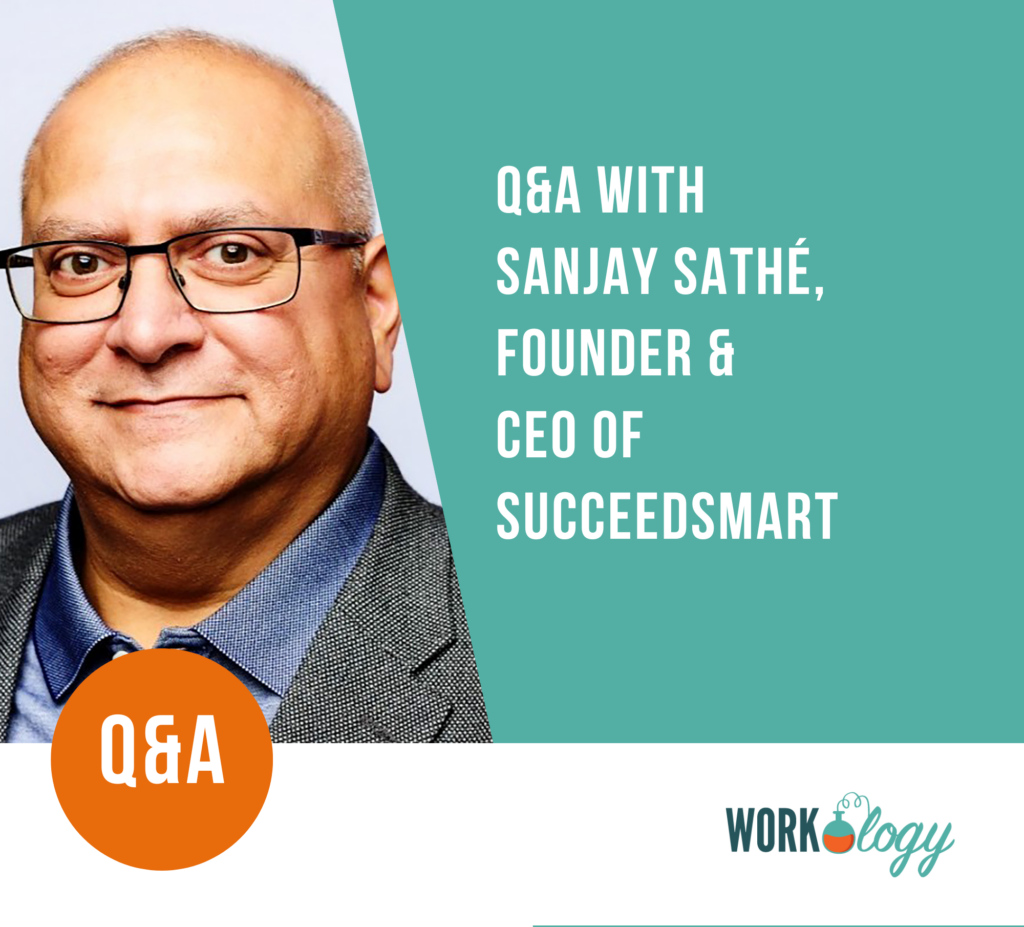The Value of Trusting Employees
How well do you trust your employees? Take a moment to think about this question. Think about your current policies, the amount of approval employees must get in the course of performing their jobs and your overall attitude toward employees. Do you see them as people who are just going to take advantage of their employer? Or do you see them as partners in making your business successful? I think many of us want to trust employees, but we may have been burned by a few bad seeds in the past. What happens when we put the past behind us and foster a workplace where trust is a core value?
Give an Inch & They’ll Take a Mile!
California recently implemented a paid sick leave law. The law provided sick leave to many employees who had not previously received it, such as temps and those who work part time. This law is an excellent benefit for employees, but some employers have been grumbling about having to provide this benefit. I have heard people say, “I already give my employees enough, and they should just be happy to have a job. Besides, they can take a job with me just to use the paid sick time, and then quit!” This is obviously the attitude of someone who has little trust in their staff.
When we do not value employees enough to provide them with basic paid sick leave, we are showing them that we do not trust them. In the example I gave, there is a fear that employees are just taking advantage. In reality, this kind of attitude creates a culture of mistrust. If we do not respect employees, what reason do they have to respect us?
I once worked at a company where the owner needed to approve almost every expense. If I wanted to buy job postings, I had to get his signature. This was a company of over 600 employees, so you can imagine the backlog that was created by the owner’s need to sign off on everything. He had a couple people cheat him in the past, and so he set up a system that assumed everyone wanted to cheat him. As a result, the environment was toxic and many employees did not trust anyone at the company.
What Does a Workplace of Trust Look Like?
At the California HR Conference in Anaheim last week, the final keynote was given by Laszlo Bock, the Senior Vice President of People Operations at Google. Bock emphasized the importance of treating your people right. He outlined a number of ways employers can drive creativity and innovation, and his second point was, “Trust your people.”
Bock said that we need to let people in our organizations try new things, and we need to trust them to solve problems. Too often we get caught up in trying to apply solutions to problems without involving the people who are directly affected by the problem.
Google’s employment policies are famous for creating an environment known for being supportive of employees. They offer all kinds of on-site perks as well as generous leave. Google is also well known for creating a culture where employees are encouraged to solve problems and work on new ideas. The results are clear in all the technology coming out of the company.
Changes to Make Now
The thing about establishing a culture of trust is that it does not require all the resources of a company like Google to make it a reality. Trust starts with the people at the top. Owners, executives and managers need to trust their employees. Even if there have been bad employees in the past, we have to remember that most employees have not burned us; therefore, we should not hold the actions of a few against everyone. Give employees freedom to try new ideas and to make mistakes. Not every mistake is a sign of negligence or lack of trying. Implementing new ideas is not a perfect process, so we need to allow room for things to fail. If given the space to do their jobs, your employees will course correct and fix the problems.
We also need to listen to our employees. Too often those in power implement new processes and programs without listening to what their employees are saying. When we listen to employees, we show that we have an open mind and are willing to change. We also show that we value our employees by giving them the resources they need to be successful and to in turn make the company successful.









